Insect bite healer purchasing advice: how to choose the right product
- The most important facts in brief
- Sting healers relieve the itching and swelling of insect bites and speed up their healing.
- They are divided into three types: Thermal sting healers use heat, electric sting healers work with short bursts of electricity and mechanical sting healers suck the venom out of the sting wound using negative pressure.
- Electric prick healers are not recommended for use on sensitive skin. Users irritate their skin the least with mechanical sting healers.
The buzzing background noise in summer
When it gets warmer outside and everything is in bloom and green, it is not only us humans who are driven outdoors to enjoy balmy summer evenings, but to our chagrin also insects that inflict pain on us with bites and stings.
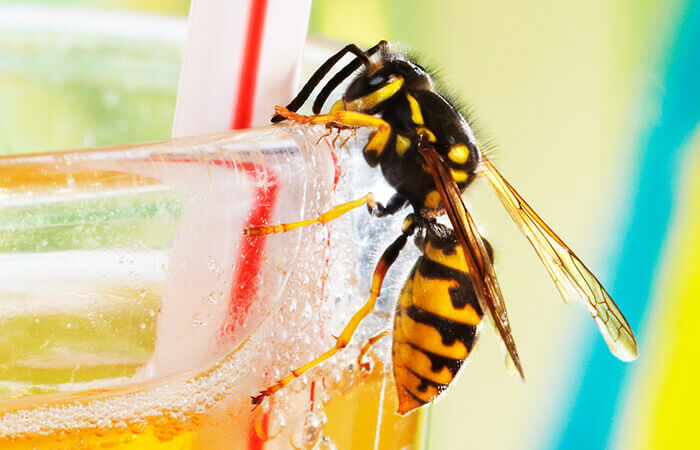
Camping holidaymakers and anglers, among others, suffer from mosquito attacks every year. The annoying bloodsuckers often manage to defy mosquito repellent. While the bite itself often goes unnoticed, the bite wound is all the more distressing. The insects transfer their saliva through the bite, which our body tries to fight off with unpleasant reactions. The puncture site itches, burns, swells easily and tempts us to scratch, which usually makes the whole thing worse, as it makes the itching worse and increases the risk of pathogens getting into the wound. Mosquitoes are not the only biting hazard, but also biting flies, bees, wasps, horseflies, hornets and bumblebees.
Beware of severe swelling, heat and throbbing
These symptoms indicate that an insect bite is infected with bacteria. You should see a doctor as soon as possible to get antibiotics or cortisone to reduce the inflammation and reduce the risk of blood poisoning.
Prevent itching and swelling
Normally, insect bites heal after a few days without further consequences. But even a few days can be long if you constantly have to stop yourself from scratching the sting wound and the itching keeps you from sleeping. It is important to stop scratching. It only damages the skin and increases the risk of pathogens entering the sting wound. It is better to cool the sting or use a sting remedy.
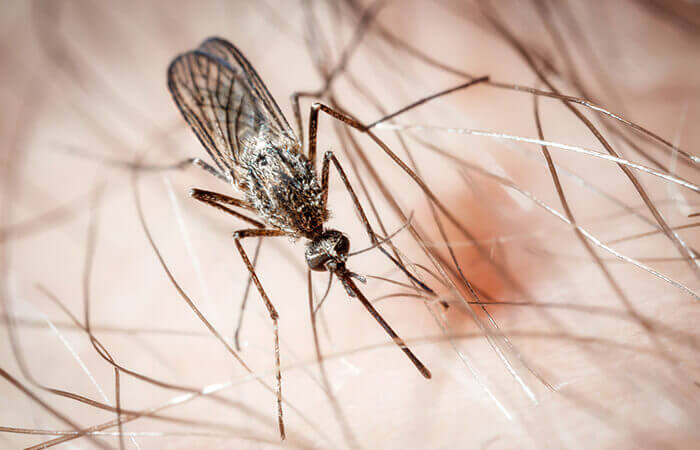
Depending on the model, stitch healers use negative pressure, electrical impulses or heat to relieve pain, eliminate itching and speed up healing. In our stitch healer comparison, readers can find out which types are available, how they differ, how they work and what they should look out for when buying and using a stitch healer.
What types of stitch healers are there?
Stitch healers can be divided into three different types according to their functional principles. We will explain below what these are, how they work and what advantages and disadvantages they each offer.
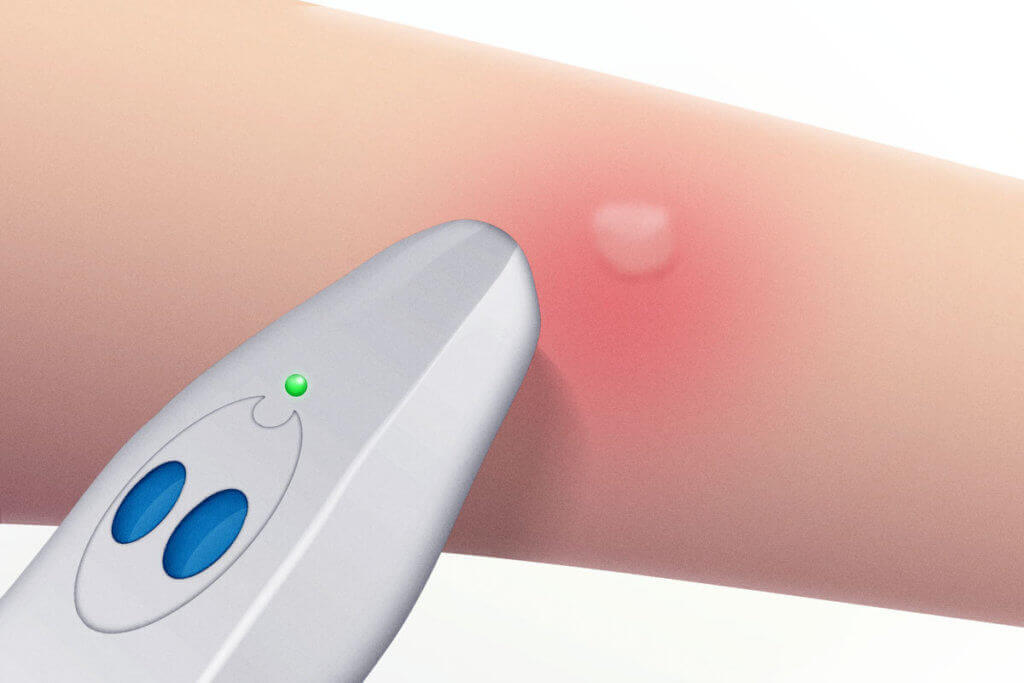
The classic: mechanical prick healers
The mechanical sting healer is actually nothing more than a syringe without a needle. The principle of operation is quite simple: users press the usually very thin syringe head onto the insect bite. By pulling on the upper cannula head, a negative pressure is created in the tube, which draws the venom out of the sting wound. Since mechanical sting healers do not irritate the skin with heat or electrical impulses, they are also suitable for use on sensitive skin or on sensitive parts of the body. However, this method only works directly after the insect bite. If the venom has already spread to the tissue, a mechanical sting healer is not very effective. One of the advantages of this model is that it is comparatively insensitive and long-lasting compared to other types of sting healers. Moreover, it does not need electricity or batteries. Whether the purchase of such a model is worthwhile must be decided by each user. Alternatively, consumers can use a corresponding injection cannula, which is available for little money at the pharmacy, as a stitch healer.
Pro points
- Suitable for sensitive skin
- No electricity necessary
- Long shelf life
- Robust
Drawbacks
- Only works for a short time after stinging
Impulse at the touch of a button: electric stabbing healers
Electric stabbing healers work with short bursts of electricity according to the piezo principle, which is used, among other things, in electric lighters. In this way, they prevent the release of histamine and thus prevent itching and swelling of the puncture wound.
What is the Peizo effect?
The term piezoelectric effect (or piezo effect for short) refers to the generation of electrical charges on the surface of certain crystals (known as piezocrystals) when they are deformed. Piezo crystals include liquid crystals, cane sugar, quartz and zinc sulphide. They are characterised by the fact that they have polar axes but no centre of symmetry. Quartz is usually used in prick healers.
Electric stabbing healers often have a pistol-like shape. Many models of this type work without a battery. With the help of a low-voltage dynamo, they generate an electrical impulse at the push of a button. As a rule, electric stabbing healers offer good accessibility to all parts of the body. For hard-to-reach parts of the body, such as the back, it is better to enlist the help of a second person, as triggering multiple impulses is otherwise quite uncomfortable.
For application, the tip or the front of the electric prick healer is placed directly on the puncture site. To trigger electrical pulses, the user presses a button or key. As needed, they repeat the impulse up to twenty times. These small electric shocks can be quite painful. They produce the sensation of a short sting. In addition, the electrical impulses irritate the skin, which is why electric prick healers are rather unsuitable for sensitive skin. Other models that allow a shorter and less painful application are also recommended for use on children. Another disadvantage of electric prick healers is that they are quite susceptible to defects compared to other variants due to their charging mechanism.
Pro points
- Mostly no battery necessary
- Also helps with burns from jellyfish and mosquito bites
Drawbacks
- Not suitable for sensitive skin
- Multiple pulses required
- Fragile charging mechanism
Heat against itching: Thermal sting healers
The thermal version of the sting healer counteracts painful reactions to insect bites by generating temperatures between 50 and 60 degrees Celsius. The high temperatures ensure that the protein molecules of the insect saliva break down. This prevents them from spreading further in the body and prevents the body from having to fight them further. Histamine is therefore no longer released. The heat stops the reactions to the sting. and thus can no longer trigger any reactions.
To do this, users place the tip of the sting healer on the sting site. To heat it, they press a button and wait until it gets warm on the skin. The application usually takes a maximum of five seconds and is so simple that it usually does not require the help of another person. In general, it is less painful than the electric stitch healer because it does not need to be repeated up to twenty times. Therefore, the thermal version is also more suitable for use on sensitive skin as well as on children. However, users should know that even the use of heat against insect venom is not always completely painless. One disadvantage of the thermal version is that it requires batteries. Most models work with conventional AA-size batteries. Users must therefore remember to have spare batteries on hand in case of emergency.
Pro points
- Short application time
- Relatively painless application
- User-friendly, simple operation
Drawbacks
- Requires batteries
The most important purchase criteria: Here’s what you should look out for
Sting healers are a good way to make painful and itchy insect bites more bearable. It is therefore no wonder that these little helpers are found in more and more medicine cabinets. If you also decide to buy a sting healer, you should consider a few criteria, which we explain below.
Suitability for children
If you are looking for a stitch healer that is also suitable for children, it is better to choose a thermal or mechanical model rather than an electric one. The latter can be quite painful to use. In addition, it requires a little more patience, as it usually takes a few impulses for the device to achieve its effect.
The sensitivity of the skin
Electric prick healers are also less suitable for sensitive skin than the other two types. The small electric shocks irritate the skin, which is particularly unpleasant for sensitive skin. The thermal prick healer is somewhat gentler. With the latter, however, users should bear in mind that heat sensitivity varies from person to person and from body region to body region. Depending on the sensitivity and application site, the heat of the thermal version can also be very unpleasant and even painful. In such cases, a mechanical stitch healer is the better choice. However, this should be applied soon after the sting to be as effective as possible.
Shape and size of sting healers
The shape and size of a stitch healer are relevant on the one hand to be able to transport it as space-savingly and flexibly as possible. On the other hand, a sting healer should not be too wide so that it can also be used to treat unfavourable parts of the body, such as between the fingers or toes.
Durability
Due to their simple design, mechanical stitch healers are usually quite insensitive, require little maintenance and last for years. Thermal stitch healers also have a long shelf life if they are of good quality. Only the battery needs to be replaced from time to time. With inferior models, however, it can happen that the temperature no longer rises to the necessary level after a few uses. In the case of electric stitch healers, manufacturers usually state the service life in terms of the number of possible clicks.
The durability of electric stitch healers – an example
With the electric model Relags Disco Click, up to 20,000 electric impulses are said to be possible. When making such claims, it should be noted that several clicks – usually between eight and 20 – are always necessary for a successful treatment. If we assume 20 clicks per application, users could treat 1,000 insect bites with it.
When should you not use sting healers?
Normally, the use of sting healers is harmless and quite sensible to prevent inflammation of the sting site, annoying itching and swelling. For allergy sufferers, however, prick healers are rather unsuitable. As a rule, they do not have the time to use a sting healer, as the allergic shock usually occurs immediately after the sting.
If in doubt, consult a doctor
Caution is also advised in the case of bites from exotic insects. In such cases, it is better not to use a sting remedy. In such cases, not only poison but also potentially dangerous germs may have to be removed. To be on the safe side, affected persons should consult a doctor instead of trying to treat the sting themselves. A sting healer that removes the insect venom or destroys its chemical structure is out of place in these cases. This is because, in case of doubt, the doctor is no longer able to determine which insect the sting came from, which can be of great importance for further treatment. Within Europe, however, sting healers can usually be used without hesitation.

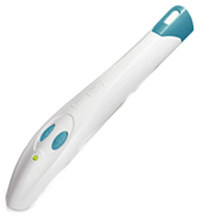

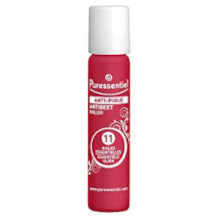
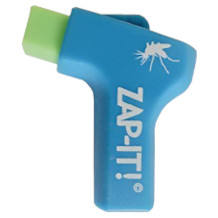
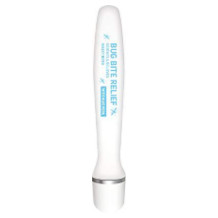

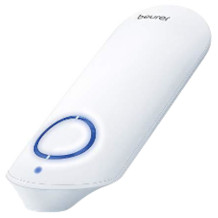
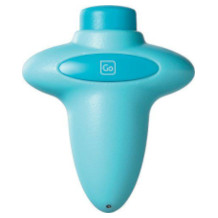

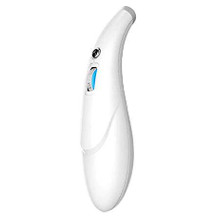

 48,080 reviews
48,080 reviews
